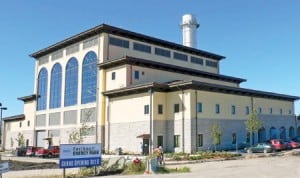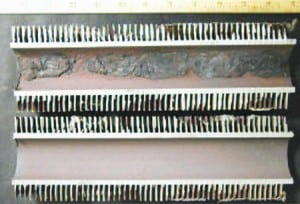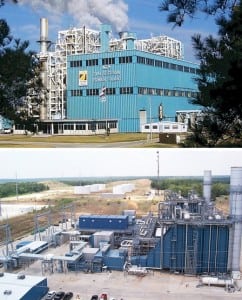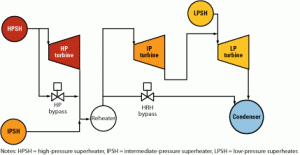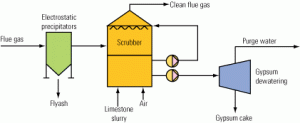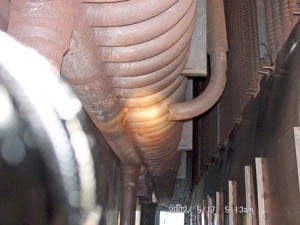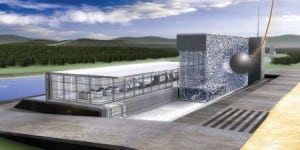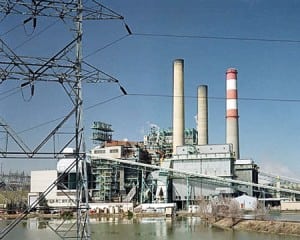In This Issue
-
Legal & Regulatory
Congress failed to deliver a green Christmas
Renewable power proponents exuded great confidence as the U.S. Congress approached its near-annual end-of-year task of extending the production tax credit (PTC) for wind, solar, biomass, and geothermal power beyond its current December 2008 expiration. The debate promised to bypass the threshold issue of simply extending the PTC. It was expected to focus on […]
-
Gas
How to make a power plant a welcome neighbor
Developing power projects has become less a technical challenge and more an exercise in developing good relationships among all the stakeholders. If a community understands the need for a new plant and is involved in its development process, the odds of a successful project increase.
-
O&M
Maintaining water sample panels improves plant availability
Even comedian Rodney Dangerfield got more respect than many plant water sample panels do. But power plants ignore sample panels at their peril. Those sample panels, and readings of the on-line analyzers they support, identify when multi-million-dollar systems have a problem that demands immediate attention.
-
Instrumentation & Controls
Wireless technologies connect two LCRA plants
Lower Colorado River Authority recently put two separate plants at its Lost Pines Power Park under one functional management system. The project has already deployed a layered wireless infrastructure that allows the two plants to communicate at a fraction of the cost of a wired solution while providing a platform for optimizing work processes and reducing operating costs. What’s not to like?
-
O&M
Desuperheating valves take the heat
Hot reheat steam bypass actuators are some of the most critical, yet least understood components in a typical combined-cycle plant. If you’re using pneumatic actuators to stroke your main steam or hot reheat bypass valves in a cascading bypass system, you’re behind the times. Here’s a way to get better control of the bypass process, shorten unit start-up and train blending times, and decrease your plant’s heat rate—all at the same time.
-
Water
Benefits of evaporating FGD purge water
In the U.S. and the European Union, scrubbers are installed on all new coal-fired power plants because their technology is considered the best available for removing SO2. A zero-liquid-discharge system is the best technology for treating wet scrubber wastewater. With the future promising stricter limits on power plants’ water use, ZLD systems that concentrate scrubber purge streams are sure to become as common as ZLD cooling tower blowdown systems.
-
O&M
Extend EOH tracking to the entire plant
Predicting combined-cycle system longevity and determining optimal maintenance intervals at the same time is difficult: It requires balancing repair costs against the risk of trying to squeeze that last bit of life out of some component before it fails. One solution to the problem is to extend coverage of an equivalent operating hours (EOH) preventive management program for turbines to the entire plant.
-
Business
ELECTRIC POWER celebrates 10th anniversary in Baltimore
At this juncture our industry is faced with greater uncertainty and opportunity than ever before. That’s why you won’t want to miss all the information, ideas, and networking available at the power generation industry’s premier event in May.
-
Commentary
Markets, not government, must set energy prices
By J. Bennett Johnston It is fashionable these days for policymakers, particularly those running for office, to somberly suggest that America needs an energy policy—thus implying that America has no energy policy. As one of the prime architects of an energy policy that has served America well, I could not disagree more. The fact that […]
-
Conservation and the law of the jungle
—Dr. Robert Peltier, PE Editor-in-Chief Ever wonder why many utilities receive so little respect from the public? In America, open competition requires every business to earn customers’ trust before making a sale. Unfortunately, many utilities exploit their monopoly position to avoid the hazards of competition, including losses. It’s no wonder that public utilities, as a […]
-
Coal
Global Monitor (March 2008)
DOE scraps FutureGen / U.S. nuclear plants have record year / Westinghouse wins TVA contract / UniStar Nuclear to file for COL / AEP ranks second in U.S. construction / China moving to the driver’s seat / New solar cycle poses risks / Dutch favor power from natural gas / POWER digest / Corrections
-
O&M
Focus on O&M (March 2008)
New CIP standards leave questions unanswered/Solving common analyzer problems/Qualifying rebuild shops



